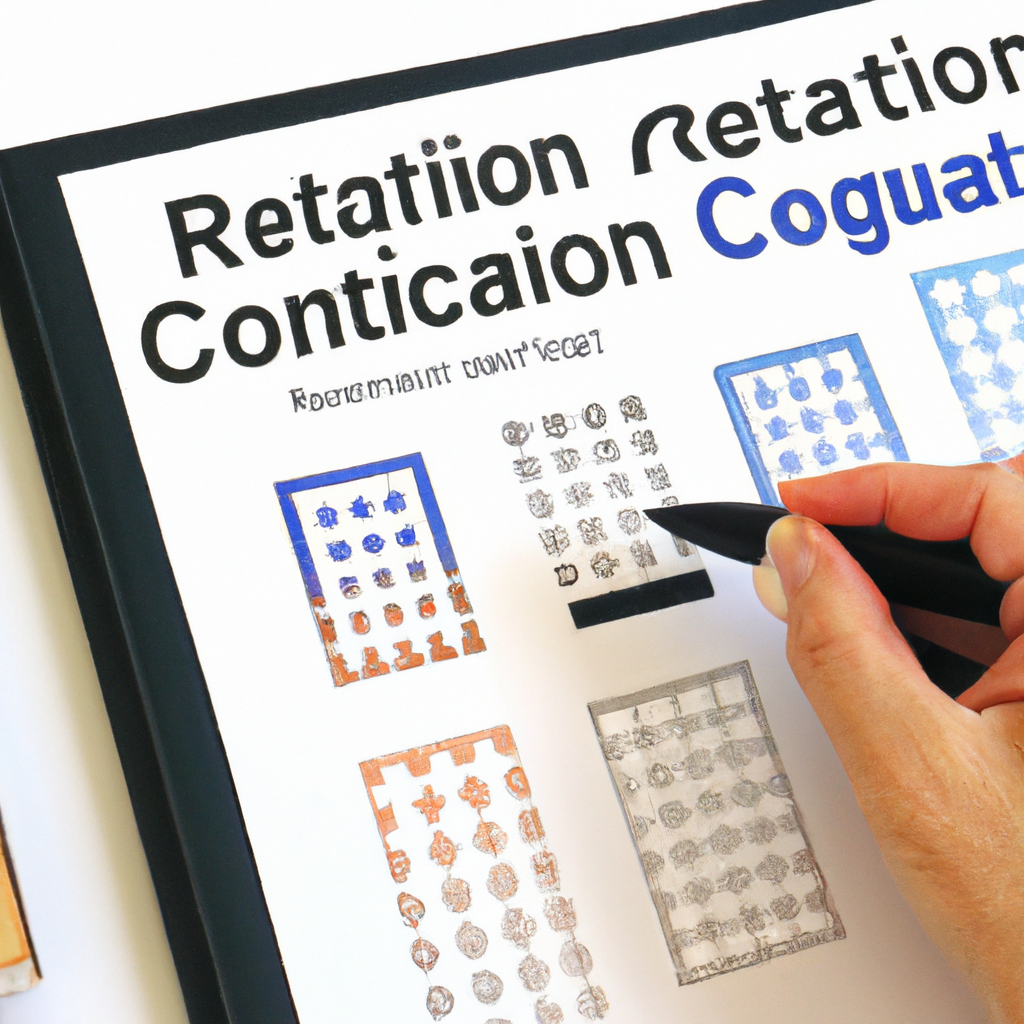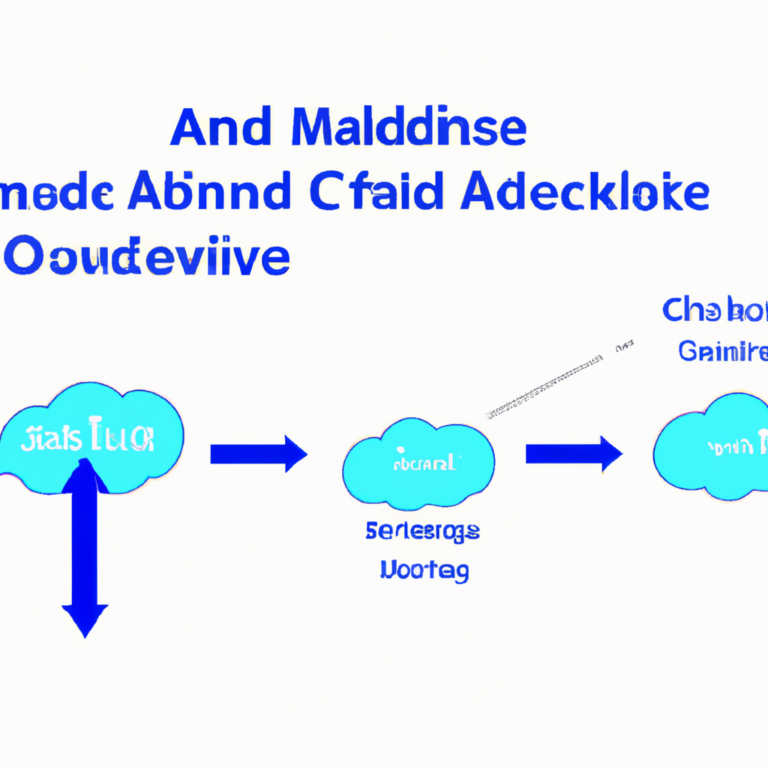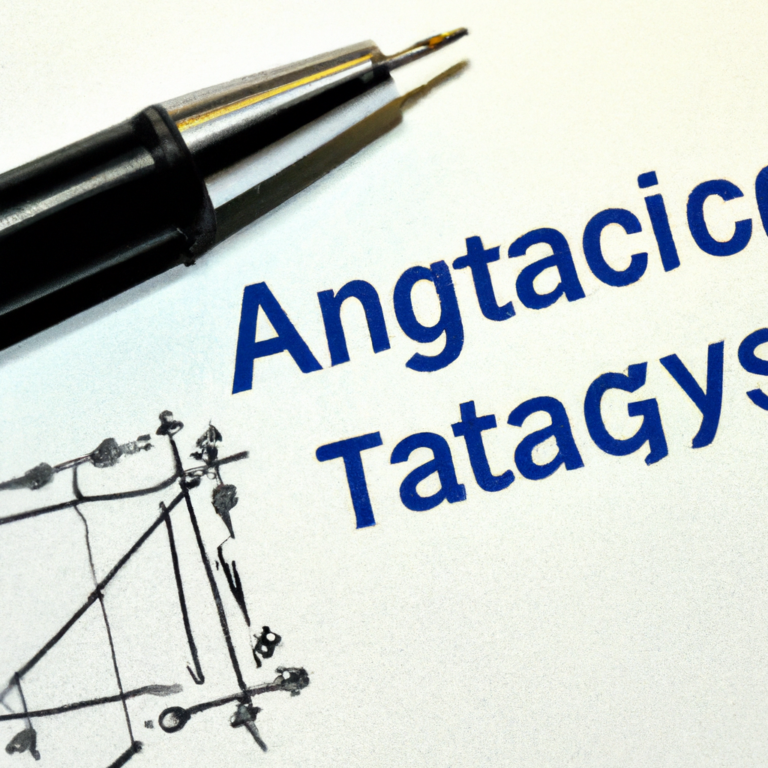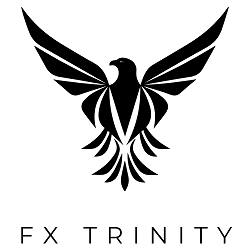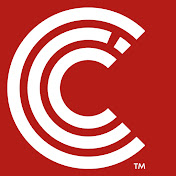Chart Patterns Recognition Guide
Introduction
Chart patterns are visual representations of historical price movements in the market. By recognizing these patterns, traders can make informed decisions about when to buy or sell assets. In this guide, we will discuss some common chart patterns and how to recognize them.
Types of Chart Patterns
There are several types of chart patterns that traders can look for when analyzing market data. Some of the most common patterns include:
Head and Shoulders
The head and shoulders pattern is a reversal pattern that indicates a potential change in trend. It consists of three peaks, with the middle peak (the head) being higher than the other two (the shoulders). Traders can look for this pattern to form at the top of an uptrend, signaling a possible downtrend.
Double Top/Bottom
The double top/bottom pattern is another reversal pattern that consists of two peaks or troughs at approximately the same level. This pattern indicates a potential reversal in the current trend, with the price likely to move in the opposite direction.
Triangles
Triangles are continuation patterns that indicate a period of consolidation before the price breaks out in the direction of the trend. There are several types of triangles, including ascending, descending, and symmetrical triangles, each with its own implications for future price movements.
How to Recognize Chart Patterns
Recognizing chart patterns requires a keen eye for detail and an understanding of market dynamics. Here are some steps to help you identify and interpret chart patterns:
Step 1: Study Historical Price Data
Start by looking at historical price data for the asset you are analyzing. Pay attention to peaks, troughs, and other patterns that may emerge over time.
Step 2: Identify Patterns
Once you have familiarized yourself with the historical data, start looking for common chart patterns such as head and shoulders, double top/bottom, and triangles. Use technical analysis tools to help you identify these patterns more easily.
Step 3: Confirm Patterns
After identifying a potential chart pattern, confirm it by looking for specific criteria that define each pattern. For example, in a head and shoulders pattern, the neckline should be sloping downward, with the price breaking below it to confirm the pattern.
Step 4: Make Informed Decisions
Once you have recognized and confirmed a chart pattern, use this information to make informed trading decisions. If a reversal pattern is forming, consider selling or shorting the asset. If a continuation pattern is forming, consider buying or longing the asset.
Conclusion
Chart patterns are valuable tools for traders to analyze market data and make informed decisions about when to buy or sell assets. By recognizing and interpreting these patterns, traders can gain a better understanding of market dynamics and improve their trading strategies. Remember to always conduct thorough research and analysis before making any trading decisions based on chart patterns.
